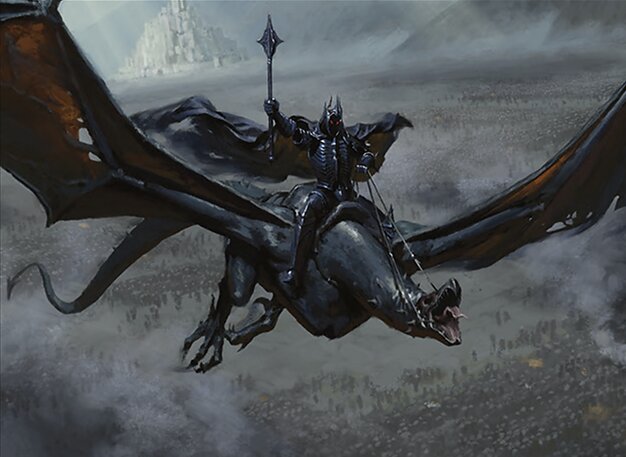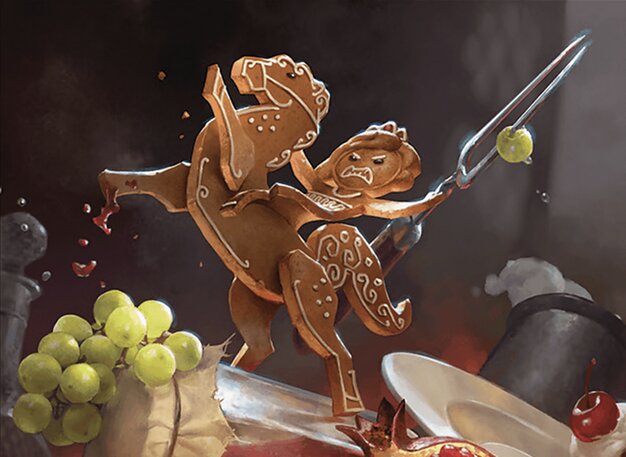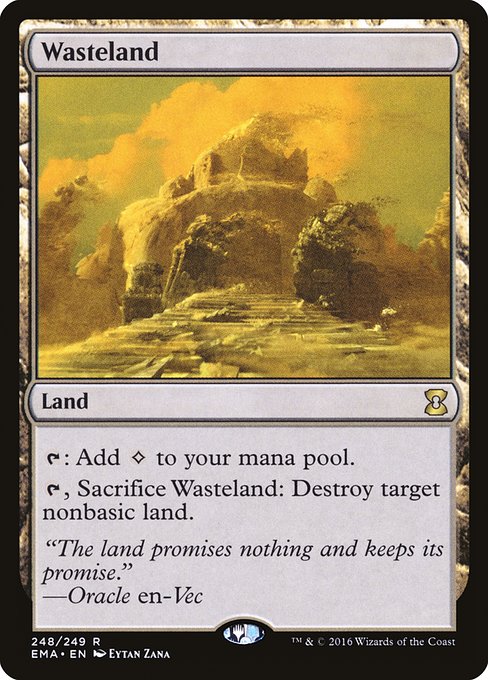Deck & Commander Strategies

Tiamat
Ramp into and cast powerful dragon creatures to dominate the board with high-impact threats.

Lord of the Nazgûl
Utilize mono-black spells and token generation to build a resilient army and disrupt opponents' resources.

Syr Ginger, the Meal Ender
Sacrifice artifacts to generate value, grow creatures, and trigger synergistic effects to outpace opponents.

Mila, Crafty Companion
Play a fox tribal deck that leverages tribal synergies and buffs to create a swarm of aggressive creatures.
Gameplay Insights
- 1
Syr Ginger’s strategy of sacrificing artifacts to both generate mana and grow her board was a key engine that put pressure on opponents early.
- 2
Lord of the Nazgûl’s use of non-basic land destruction with Wasteland effects provided effective disruption against ramp and mana bases.
- 3
Mila’s choice to rely on tribal synergy for fox creatures allowed consistent incremental board development and buffs to maintain presence.
- 4
Tiamat’s ramp strategy required careful mana development and faced early disruption, slowing down the deployment of high-impact dragons.
- 5
Players adapted to the shifting board state by prioritizing resource denial and tempo plays over early aggression.
Notable Cards
-

Wasteland
-

Arcane Signet
-

Mila, Crafty Companion // Lukka, Wayward Bonder
-

Lord of the Nazgûl
-

Tiamat
Gameplay Summary
The game began with each player introducing their commanders and deck themes: Tiamat focusing on big dragons, Lord of the Nazgûl leveraging mono-black strategies and spells, Syr Ginger emphasizing artifact sacrifice synergies, and Mila, Crafty Companion leading a fox tribal deck.
Early turns saw players developing their mana bases and establishing board presence, with Syr Ginger actively sacrificing artifacts to generate value and grow creatures.
Lord of the Nazgûl aimed to build a robust board through spells and creature tokens, while Tiamat sought to ramp into powerful dragons.
Mila's fox tribal deck worked to assemble a collection of fox creatures, using tribal synergies to enhance their strength.
A critical turning point occurred when Syr Ginger utilized artifact sacrifices to trigger multiple effects and grow her board, pressuring opponents.
At the same time, Lord of the Nazgûl's ability to destroy non-basic lands with Wasteland-style effects and build a token army threatened control of the battlefield.
Tiamat's ramp efforts looked promising but were slowed by early disruption.
Mila maintained steady progress by deploying fox creatures and buffs to maintain board presence.
The game developed into a battle for board control and resource advantage, with each commander leveraging their unique strengths.
The win condition for the game centered around overwhelming opponents with tribal synergy, artifact sacrifice engines, or a large army of dragons or tokens, depending on the player’s deck.











































